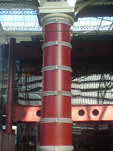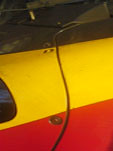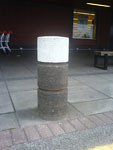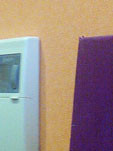I'll tag the high road
he geek in me has kept quiet for a while, but has finally burst forth once more. Those of you who are fleet of foot and astute of eye will have noticed that some tags have appeared at the foot of this post.
"And what is the point of that?" I might hear you ask. Well, Steve Rubel says that it helps to bring your site to the attention of people searching such terms in Technorati, and is thus likely to increase the number of people visiting it. He points people to this tutorial on tagging, which among other things explains the difference between categories (internal and structured) and tags (external and loose).
I'd been feeling slightly left out of this tag business, not having a Wordpress or Movable Type blog, but I found these instructions which work with Blogger (but only in the "Edit HTML" panel, not the "Compose" panel). Also, it only works with Firefox 1.5 and you have to install the Greasemonkey extension before installing the user script. I was slightly daunted at first, but it all went smoothly.
I'm also going to start promoting this blog by adding a link at the end of all of my e-mails. If I'm at a loose end one day, I might go back and add tags to old posts as well. Of course, all this presupposes that other people might be interested in what I write, which is a pretty large supposition.
Let's see what happens to those visitor numbers...














